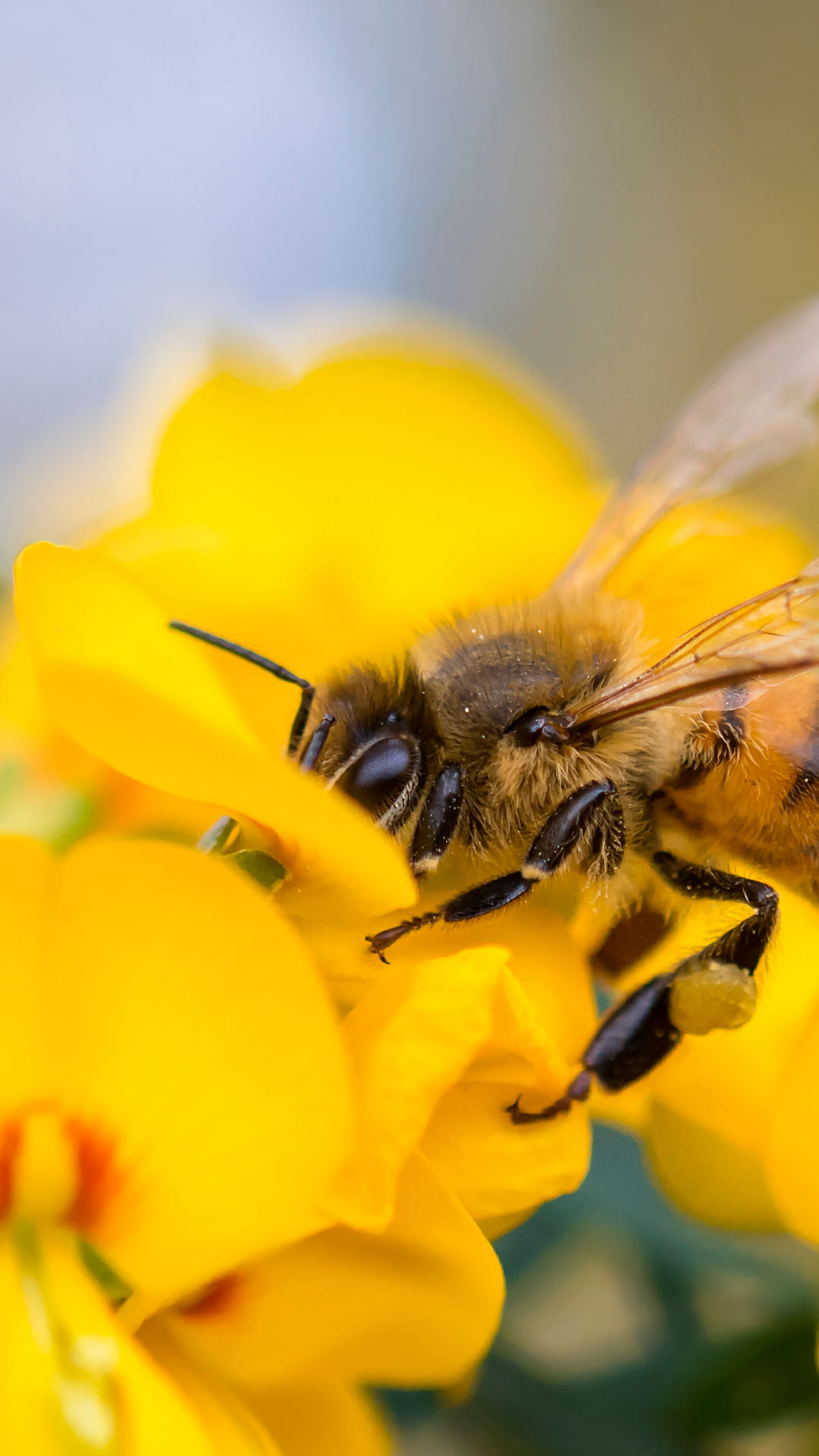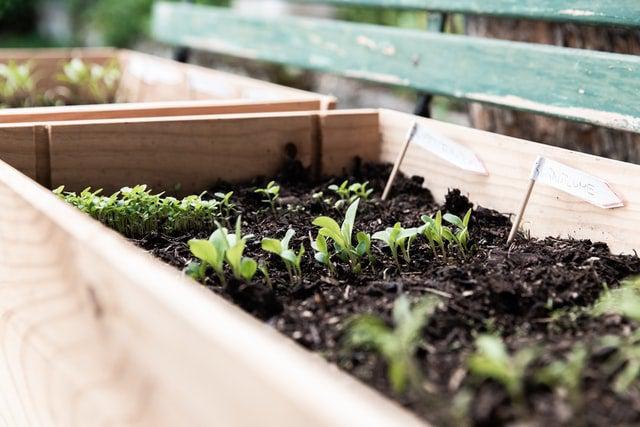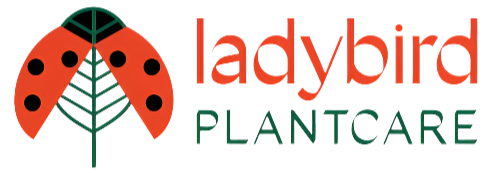Slugs, snails and slimy trails...Not what puppy dog dreams are made of
By Dr Victoria Strong BSc (Hons) BVSc DVetMed AFHEA MRCVS
Vet, Dr Vicky Strong explains why getting rid of these slimy suckers from your garden can not only help protect your plants, but your beloved pooch too.
Are slugs poisonous to dogs?
Slugs are not poisonous to dogs, but they do transmit lungworm. Lungworm infection can be fatal and so it is crucial to ensure your dog is protected.
What is lungworm?
Lungworm is the name given to a parasite called Angiostrongylus vasorum. Adult worms live in the heart and major blood vessels of dogs and foxes, where they can cause serious complications.
How are dogs infected with lungworm?
Lungworm cannot be spread directly from dog to dog. Transmission requires something called an intermediate host, another living creature inside which the worms can grow and develop.
The larvae (immature forms) of lungworm are found in infected slugs, snails and even frogs. Dogs become infected by swallowing the larvae, if they lick or eat slugs or snails. Luckily, slugs and snails produce substances which mean they are not very tasty for dogs. Sadly though, this doesn’t put all dogs off!
Sometimes though, the slugs are so small, the dog doesn’t even see them and might eat them accidentally. Besides, they can also become infected by the slug or snails’ slime by:
Eating grass
Drinking from contaminated puddles or water bowls
Eating food that has been left outside
Playing with a toy that has been crawled over by a slug
Picking up contaminated stones or sticks in the garden or park
What happens when a dog is infected with lungworm?
Once inside the dog, the larvae pass through the wall of the dog’s intestines. They spread through the body causing damage as they go. The adults then settle in the dog’s heart and the major vessel that carries blood from the heart to the lungs.
Within just 4 weeks, the adult worms start to produce their own eggs. The eggs hatch into larvae, which the dog coughs up into its mouth and swallows. The microscopic larvae are passed out in the dog’s poo and ingested by slugs and snails, and the whole cycle starts again.
The worms cause damage, inflammation and bleeding – not just in the heart and lungs, but in the liver, intestines, eyes and spinal cord too. If left untreated, lungworm can be fatal.
What are the signs of lungworm in dogs?
The most obvious signs of lungworm in dogs include:
Coughing
Breathlessness, difficulty breathing
Reluctance to exercise or play as normal
Excessive bleeding or bruising
However, other signs can be much more subtle, and are easily missed or mistaken for other health problems. They include:
Weight loss
Lethargy, lack of energy
Reduced appetite
Vomiting and diarrhoea
Seizures
I think my dog has lungworm – what should I do?
If you think your dog might have lungworm, get them checked out by a vet. They will ask you some questions, examine your dog. If they suspect lungworm too, they might suggest they carry out some further tests but bear in mind, it can be a tricky disease to diagnose.
Can all dogs get lungworm?
The simple answer is yes, they can. But lungworm mostly affects young dogs and puppies. Their cute but troublesome curious nature means younger dogs are most likely to eat slugs or snails, and to pick up toys or food they find in the garden.
Lungworm started out being a problem only in Southern areas of England and Wales, but over time, cases have spread. Dog owners all across the UK should be aware and take steps to protect their dog.
Can lungworm be treated?
In mild cases, treatment using an anti-parasitic medication should do the job. It is quick and easy to administer and if caught early enough, the dog should make a full recovery. In advanced cases, the damage may be severe and your dog require much more intensive therapy.
How can I stop my dog from getting lungworm?
There are two main ways you can prevent lungworm in dogs:
Regular worming with a product which is effective against the lungworm parasite (speak to your vet for more information).
Prevent your dog from coming into contact with slugs, snails or their slime trails.
Top tips:
Don’t leave toys, bowls or chews out in the garden overnight
Don’t let your dog drink from standing water in the garden
Keep dogs away from slug-heavy areas such as flowerbeds, compost-heaps or piles of rotting leaves
Try not to let your dog dig in the soil or eat grass
Pick up your dog’s poop quickly to prevent the spread
Reduce the number of slugs in your garden
Are slug pellets safe for dogs?
Many products designed for killing slugs contain a chemical called metaldehyde, which is highly toxic to dogs.
Are slug nematodes safe for dogs?
Yes, they are. The nematodes will only infect slugs not pets or people, meaning they are entirely safe. Shop slug nematodes
When are dogs infected with lungworm?
Slugs are about all year round, but are only really active once the soil reaches 5°C. The wet spring months in particular, bring slugs out in full force. The more slugs there are, the higher the risk of infection.
But I don’t see any slugs and snails in my garden
There are 200 slugs in every cubic metre of soil. That means the average UK garden contains around 15,000 slugs!
Some slugs are tiny (less than the size of a pea). They like to hide in the day and are most active at night, so even though you may not see them, you can guarantee they’re there. Pick up rocks and plant pots, dig down beneath the surface, or go out after dark and you’ll be sure to see them. Or simply look out or the tell-tale signs of hungry slugs on your plants.
For more advice from Dr Vicky visit her site - https://www.drvictoriastrong.com/













